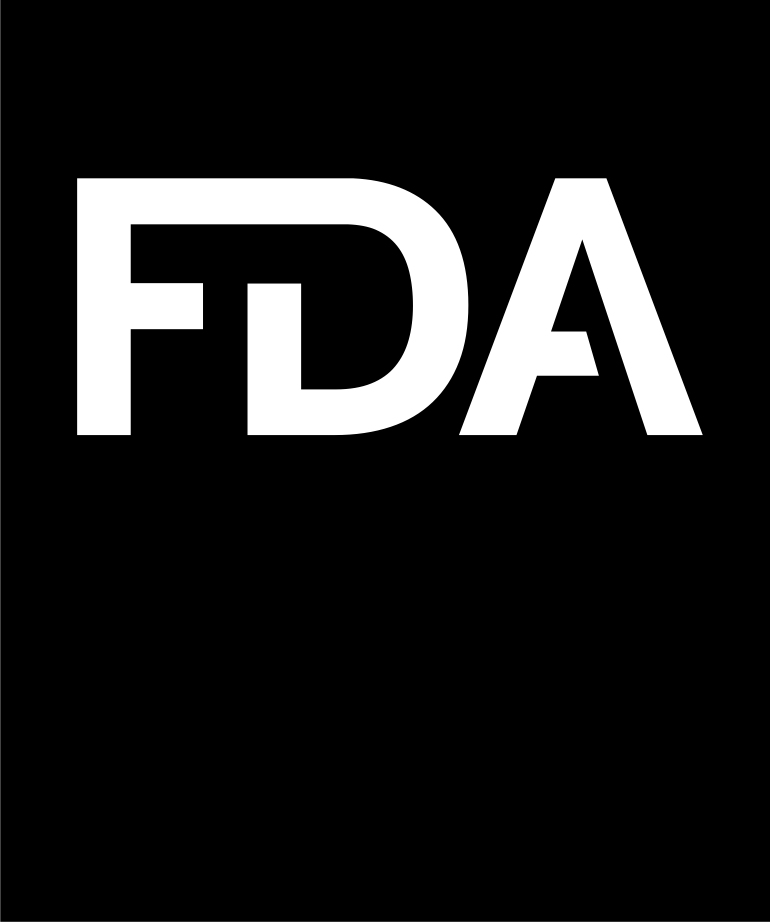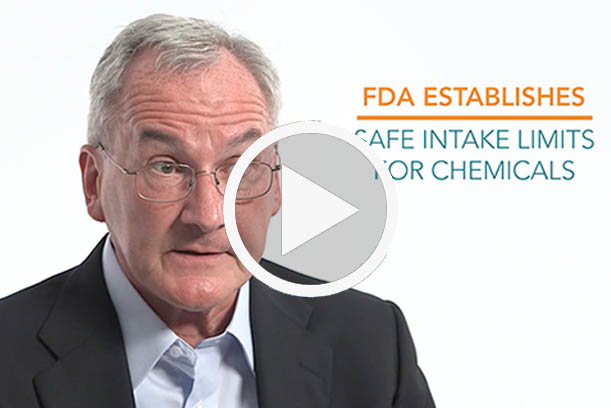The Minimal Risks and Effects of BPA Exposure
Many people worry about BPA exposure from consumer products, but the fact of the matter is Bisphenol A (BPA) is an extraordinarily well-studied, building-block chemical used primarily to manufacture durable epoxy resins and strong, clear polycarbonate plastic.
In recent years, a great deal of attention has focused on BPA as it is used to make materials that come in contact with food, which are approved by the U.S. Food and Drug Administration (FDA). Bisphenol A (BPA) is one of the most thoroughly tested chemicals used today and has a safety track record of 50 years, and regulatory bodies around the world have reviewed the science and have found BPA to be safe. Visit the links below to learn more about exposure to BPA.
BPA Quiz
Do you know where in the world you are safe from BPA? Take the quiz to find out what a recent peer-reviewed study in the journal Environmental Pollution found about actual human exposure to BPA.
FAQ
You may have heard a lot of conflicting information in the popular media about risks and effects of BPA exposure, but what are the facts? Visit our Frequently Asked Questions page to learn about the minimal risks and get answers to some common questions about exposure to BPA.
Occupational BPA Exposure
Those who work in factories that manufacture BPA, polycarbonate plastic and epoxy resins may have questions about occupational exposure to BPA. For more information, visit our occupational exposure page.



